It is very time consuming to write commands on Git Bash. Also it is very hard to understand for a beginner. Why don't Github has simple method/software like Filezilla to upload files? It should be simple like enter username password, select repository and click upload/synchronize button. What do you say?
-
3You are basically asking: *Why [tag:git] is so complicated?" - which is also non-constructive. – Tomasz Nurkiewicz May 18 '12 at 11:39
-
You might be interested in the new "release" feature in GitHub: see [my edited answer below](http://stackoverflow.com/a/10652734/6309). – VonC Jul 03 '13 at 06:01
1 Answers
As a source code repository, the goal for a DVCS (Distributed Version Control system) like Git (or Mercurial for that matter), and web front-end like GitHub, is not to "upload files, but to record commits (new revision of a full tree representing a coherent state of your project).
So the focus isn't at the file level, but at the project level.
If you look to a repository which offer an "upload" interface, consider an artifact repo like Nexus, which allows you to upload any type of artifacts (files, binaries, pictures, ...)



But that serves a very different purpose than a DVCS.
If your question is more about uploading binaries for a release, you now (2d July 2013) can do so!
Releases, a workflow for shipping software to end users.
Releases are first-class objects with changelogs and binary assets that present a full project history beyond Git artifacts. They're accessible from a repository's homepage:

- Releases are accompanied by release notes and links to download the software or source code.
- Following the conventions of many Git projects, releases are tied to Git tags. You can use an existing tag, or let releases create the tag when it's published.
- You can also attach binary assets (such as compiled executables, minified scripts, documentation) to a release. Once published, the release details and assets are available to anyone that can view the repository.

That replaces the old binary upload service, which was removed in December 2012.
-
Pictures from http://mpashworth.wordpress.com/2012/04/15/adding-microsoft-sql-server-jdbc-driver-to-nexus-and-local-maven-repository/ – VonC May 18 '12 at 12:37